The global eCommerce market is expected to total $4.8 trillion in 2025. – Source
Ever since eCommerce has evolved from teleshopping to online; people are searching about ways to start an eCommerce business. The history of starting an eCommerce business is about 40 decades old. Amazon, Alibaba, PayPal, Shopify, Etsy, BigCommerce, and more have been a significant part of its history.
eCommerce business is one of the fastest-growing businesses globally. It has evolved from a simple online store into a company with an online presence through online shops, mobile apps, social media marketing, etc.
eCommerce business worldwide has been snowballing, and there are a lot of opportunities for small business owners.
There are more than a million reasons to start an eCommerce business from scratch in the world today. eCommerce has the power to change the way consumers interact with the products and services they buy. But it can also have a considerable impact on small businesses that want to sell their products online but didn’t know how to start.
In this guide, we’ll show you how to get your e-commerce store up and running with just a few simple steps. But first, let us look into the growth of eCommerce stores.
Why Start an eCommerce Business in 2025?
Continuing to evolve and thrive, the eCommerce industry is poised to have an unprecedented year in 2025 for entrepreneurs eager to try their hand at this high-growth market. Technological advancements, shifting consumer behaviors, and streamlined tools for online business management have never made it easier or more promising to start a business in eCommerce in 2025.
Let’s look at why 2025 is the year you should kickstart your eCommerce business:
Global Market
eCommerce sales are estimated to break $8.1 trillion in 2026. This exponential growth is the result of increased consumer confidence through online shopping and greater acceptance of digital payment systems. All an individual wants, from groceries to luxury items, is being sold online; thus, 2025 will see unparalleled opportunities for eCommerce companies to capture their share in a booming marketplace.
Technological Advancements
Emerging technologies, such as Artificial Intelligence (AI), Augmented Reality (AR), and Blockchain, are transforming the way companies have traditionally operated.
For instance:
- AI-powered chatbots, which can offer immediate and personalized replies, are improving customer support.
- AR tools enable customers to “try before they buy,” for example, to virtually try on clothes or preview furniture in their houses.
- Blockchain technology improves transaction security and transparency, building trust among consumers.
These tools have made it easier and customer-centric than ever to start an eCommerce business in 2025.
Low Entry Barriers
Gone are the days when launching an eCommerce store required extensive technical knowledge or a big upfront investment. Shopify, WooCommerce, and BigCommerce are platforms that make it easy to get a professional online store setup without much hassle and cost. And if you ever think: “What do I need to start an eCommerce business?” The new answer is pretty simple: good product idea, a domain name, and a user-friendly platform.
Consumerism
Post-pandemic shopping behaviors have solidified eCommerce as a preferred option for millions. Key trends driving this shift include:
- Convenience: Consumers value the ease of shopping from home.
- Sustainability: Many shoppers seek eco-friendly brands that align with their values.
- Customization: Personalized products and services are increasingly in demand.
If you align your offerings with these trends, you’ll be well-positioned to succeed in the competitive online marketplace.
Why Top Brands Want to Start an eCommerce Business?
In the current era of unprecedented technological advancements, starting an eCommerce business is one of the most promising ventures. With innovations like AI enhancing customer experiences and Predictive Analytics in eCommerce guiding smarter decisions, countless eCommerce ideas are waiting to be explored.
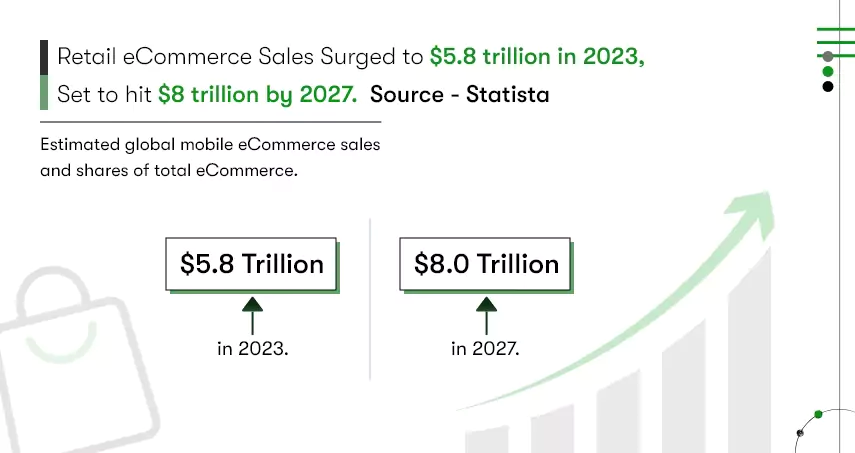
B2B companies offering online ordering experiences like B2C
Many B2B companies have started offering an online ordering experience that is as close to a B2C experience as possible. They are doing this to appeal to customers who want the same level of service from a company, regardless of whether they are buying for their business or themselves.
Customer expectations have driven this change in eCommerce. Customers want to be able to purchase products and services quickly and easily, without needing to talk with a salesperson on the phone or wait for someone from the company to contact them.
Large retailers have no way but to go online
The growth of Retail eCommerce significantly impacts large-scale distributors. The trend has forced large retailers to enter the digital space and sell their products online as well.
In the past, these retailers had the edge over other small-scale retailers because they could afford to spend more on marketing. However, this advantage seems to disappear with the advent of internet marketing.
Large retailers have been losing customers to eCommerce sites. This is because large retailers are struggling to compete with the convenience of shopping online.
Hence, large retailers are now pushed to sell their products online because they can no longer compete with smaller-scale retail stores due to the cheaper prices offered by them.
The evidence can be seen in February 2019 when CNBC reported that online sales slightly surpassed merchandise in brick-and-mortar stores, warehouse clubs, department stores, and supercentres.
Gain data to improve your products or services
The data collected from an eCommerce site can be used by the business to improve their products or customer services. This can be done by understanding what the customer wants and needs.
Moreover, with the help of analytical tools, you can get insights into your consumer behavior and journey over your platform. Such insights tell you where your customers interact the most. Now, you can use all the data to enhance your sales and marketing strategies.
Reduce cost and grow revenue
E-commerce has been a significant contributor to the growth of many businesses. Because it has enabled them to reach broader markets, reduce costs and improve revenue.
The internet has allowed businesses to access a global market. They can also use the internet to increase their visibility and reach out to more customers. Online stores are also more cost-effective than traditional brick-and-mortar shops, as they don’t require any physical space or maintenance costs.
eCommerce allows businesses to offer free shipping and returns, increasing customer satisfaction. It also saves on marketing costs as these are done through social media channels or SEO rather than print ads in newspapers or magazines.
After exploring the impacts of eCommerce, let us move ahead on how to start an eCommerce business from scratch with this step-by-step guide.
How to start an eCommerce Business from scratch: 6 step process
The process of starting a business from a personal perspective can be as simple as walking into a brick-and-mortar store or as complex as starting a business in a foreign country.
When starting a business, you have to consider many different aspects of the business, from the name to the business location and the products that will be sold. Starting a business can be very intimidating, especially for the first-time entrepreneur. So, let us make it simple for you by breaking down the process into a few understandable steps.
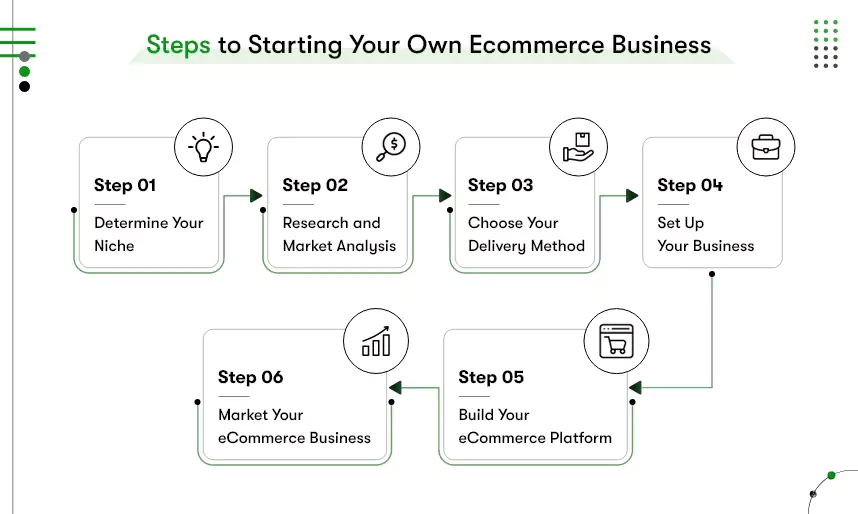
Step 1: Figure out your niche
The first step to starting an eCommerce business is to figure out what you want to sell. If you’re a newbie, it cannot be easy to have product ideas because there are so many options. But if you’re already familiar with the world of business, it’s easier to narrow down your choices.
It will help if you start by asking yourself some questions, such as;
- What products or services would be best suited for selling online?
- Do you have any experience in selling products or services?
- Are there any products or services your potential customers might want but don’t know they need?
Once you have honed in on your niche, it’s time to do some research! Look at the competition in your niche and see if any gaps aren’t being filled. You should also check out sites like Amazon and eBay to see what types of products sell well and why?
Step 2: Research and Know Your Market Better
After figuring out your niche, the second step is to Research and Know Your target Market Better for your eCommerce business. Why is it important? Well.. it is important because you will be able to:
- Find out your competitors and analyze their marketing strategies;
- Get the picture of your competitors’ pricing and explore what their market positioning is;
- Find out your competitors’ products and examine their quality;
- Discover the demand of your niche;
- Find out the possible ways to differentiate your business from your competitors;
- Recognize the best possible way to reach your audience;
- Figure out the right channel to communicate with your targeted customers;
- Strategize your value-added services;
- Understand your customers to make their buying journey engaging;
Step 3: Determine the delivery method
In the dynamic world of eCommerce, selecting the right delivery method is crucial for success. Here’s a quick overview of popular options:
- Direct-to-Consumer (DTC): Ship products directly to customers, eliminating middlemen and enhancing profit margins.
- Dropshipping: Sell products without holding inventory; suppliers ship directly to customers, minimizing upfront costs.
- Print on Demand: Offer custom-printed items, with a third-party handling printing and shipping, reducing risk.
- Retail Arbitrage: Buy discounted products from physical stores and resell them online at a higher price.
- Wholesaling: Purchase products in bulk at a discount and sell to retailers, requiring a larger initial investment.
- Subscriptions: Provide products or services on a recurring basis, fostering customer loyalty and stable revenue.
- Private Label: Commission a third party to produce goods under your brand, giving you control over specifications.
- White Label: Buy bulk products from a manufacturer and rebrand them, offering a cost-effective but less customizable option.
Each method has unique advantages, so choose one that aligns with your business goals.
Step 4: Set up your business
When starting an eCommerce website, there are various things to think about in order to create a successful business. Because many things go into starting an eCommerce website. Below are some key points to consider:
Naming:
One of the first and most important decisions is what to name the company. The name should be easy to remember and should match the products that will be sold on your website. Further, it’s highly crucial to come up with an unforgettable name for your eCommerce website. It should be something catchy and easy to remember. Additionally, you will want to make sure the domain is available.
Logo:
The logo for your website should be simple yet memorable. It is vital to create a logo that will stand out from the competition.
Distribution channels:
In order to reach the most customers, you will need to decide on distribution channels that lead you to a broad but relevant audience. It’s necessary to think about what platforms your company wants to sell on and whether or not you wish to have an online storefront and/or sell through other websites.

Step 5: Build your eCommerce site
There are a number of factors associated with eCommerce website development you need to consider in this step as well. These factors include;
eCommerce platform
To start an eCommerce business, deciding which eCommerce platform to choose is crucial as this will be the ground you will develop and maintain your online store. You must analyze your requirements to know whether an all-inclusive platform like Shopify store or open-source software, such as Magento, will be the right choice.
The theme and design of the website:
The design of an eCommerce website needs to match the needs of the customer and brand. It should not be a mere replica of the business card or company brochure and should be user-friendly.
The features that are going to be developed on the website:
From sign up/in, add to cart, product descriptions, product pages to check out, and payment methods, you have to think through every feature that can make the shopping experience the utmost convenience for customers on your eCommerce site.
eCommerce trends:
If you want to stand out from the rest of the market, you shall embrace the latest technology trends to elevate your user experience and offer out-of-this-world customer support. For example, using Artificial Intelligence and Machine Learning in your eCommerce platform can increase conversion, leads, revenue, and profits.
eCommerce development:
eCommerce development requires rigorous coding skills to ensure a high-performing and bug-free platform. So, if you do not know how to code, you can outsource your project from an offshore eCommerce app development company or scale your team by hiring remote developers.
Whether you choose to outsource or develop your eCommerce app in-house, you have to draft a business plan. We recommend using the Lean Canvas template as it’s easy and helps entrepreneurs include every aspect of the business without fail. The model will help your development team throughout the software development life cycle.
Dive deeper into the eCommerce app development guide to get the nitty-gritty insights into the development strategy!
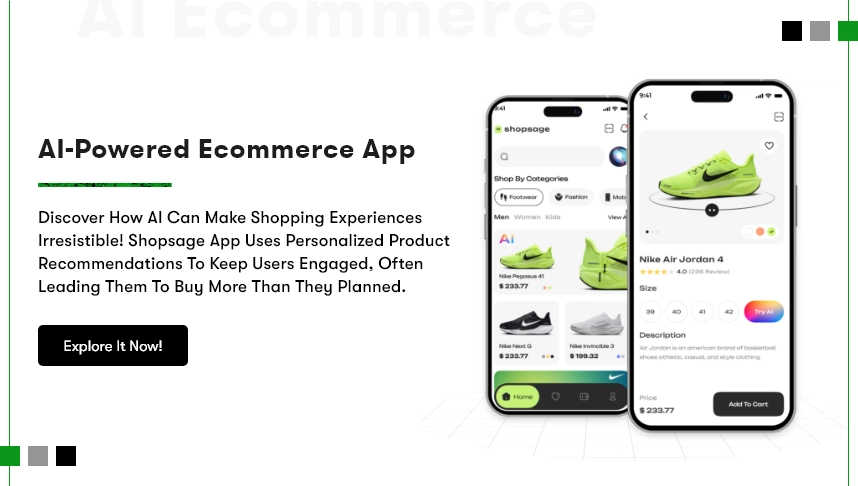
Step 6: Let the world know about your eCommerce business
Once you have set up your eCommerce business, it’s time you brainstorm creative marketing strategies to attract and increase your customer base. You can market your eCommerce business using social media, email marketing, Search Engine Optimization, Copywriting, etc.
Although most people are aware of social media, many still do not realize that an eCommerce business can sell goods online through social media. However, you have to ensure the channel you choose to market your business is relevant to your audience and brand.
Tips to help you start your eCommerce business successfully:
Starting an eCommerce business can be a daunting task. The field is quite saturated, but it doesn’t mean that you should stay away! In fact, there are a lot of eCommerce business opportunities out there.
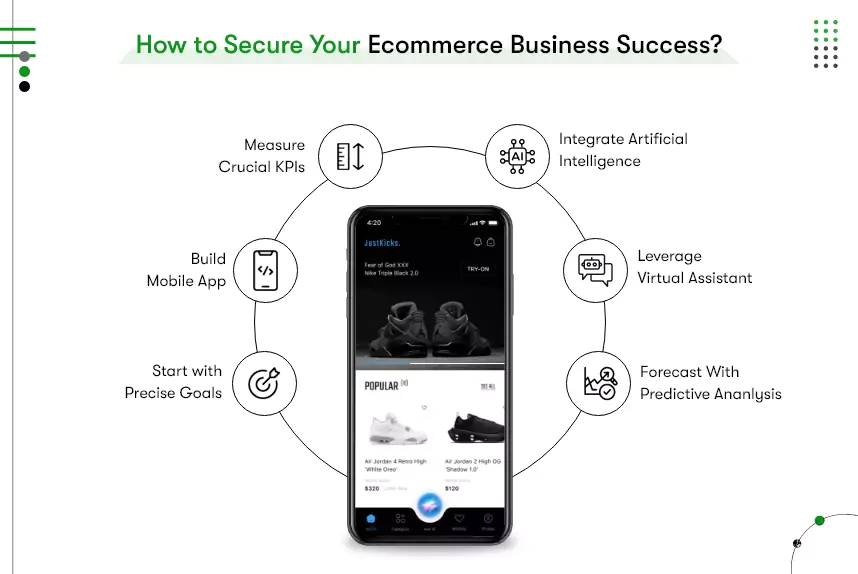
Start with precise goals
Before you start, you need to make sure that you have a clear goal of what you want to achieve with your business. With this, you will be able to focus on the right tasks, and you will avoid getting lost in the maze of opportunities.
Go mobile
When you plan your eCommerce web app development, do not forget that now the world is mobile-driven. People love to shop via smartphones as they can browse, wishlist, and checkout anytime, anywhere conveniently. Even many eCommerce websites have transformed into mobile apps to attract more customers. You can consider technology like Flutter to cost-effectively build your eCommerce web and mobile app.
Measure crucial KPIs
The success of an eCommerce website can be measured using key performance indicators (KPIs). However, tracking wrong KPIs won’t take you anywhere near your growth. Hence, you need to focus on the right ones, such as conversion rate, average order value, product page views, return rate, Referral Sources, and Cart Abandonment Rate.
Use Artificial Intelligence
By leveraging artificial intelligence, you can significantly streamline your business operations. From personalized product recommendations to dynamic pricing strategies, AI in eCommerce can analyze customer behavior and improve engagement, ultimately boosting sales.
Streamline the shopping experience with a Virtual Assistant
A fun and engaging shopping experience can make all the impact on customer satisfaction. Now, with a virtual assistant, you can not only make shopping fun but also provide instant support. Built on top of NLP and AI technology, eCommerce Virtual Assistants can answer common queries, guide users through the order process, and ensure a smooth, and shopping journey for customers.
Progress with Predictive Analytics
There is no scope for guesswork in the industry because now you have predictive analytics. Harnessing the power of predictive analytics in eCommerce, you can scrutinize historical data and predict market demand, ensuring informed decisions across inventory, marketing, and product development departments. This is the secret of many giant eCommerce brands to stay ahead in the competitive landscape.
Ready to Kick Off Your eCommerce Business?
Today, the eCommerce business is a vast market that is growing fast. The internet has made it possible for individuals to sell just about anything. And, it’s not just big stores selling a wide array of goods. It’s also individuals selling one or two items. The most successful eCommerce business owners have learned that online marketing is crucial for their growth.
So, if you are among the smart entrepreneurs, you shall be setting up your eCommerce site right away.

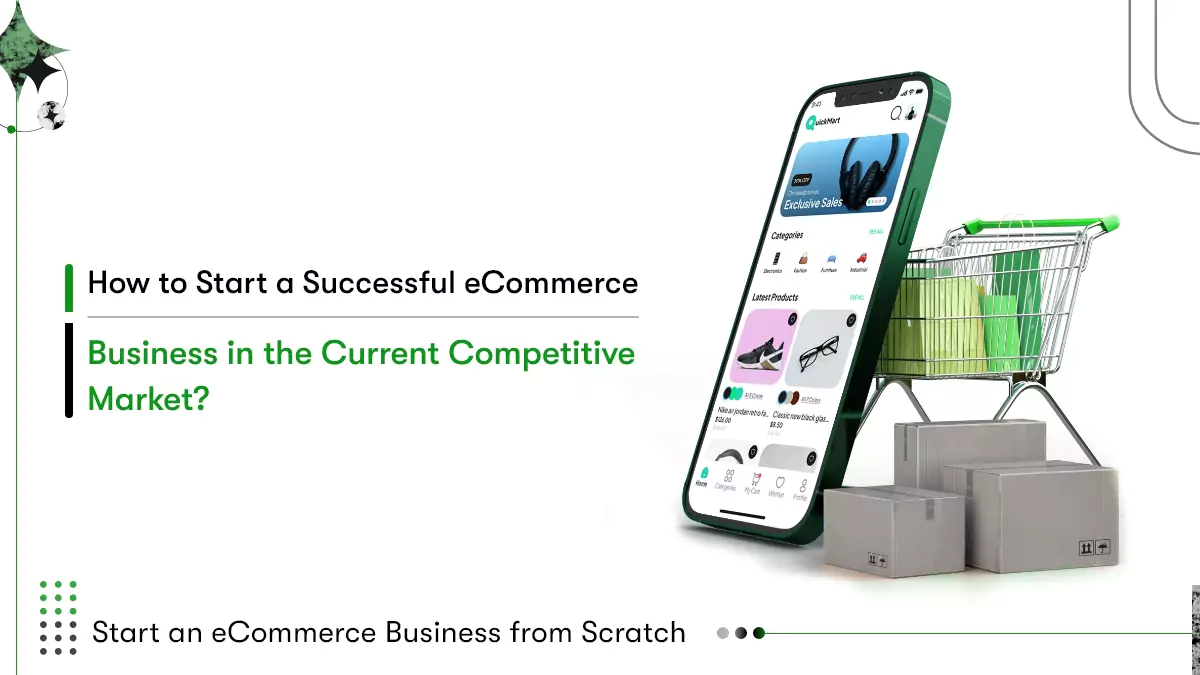


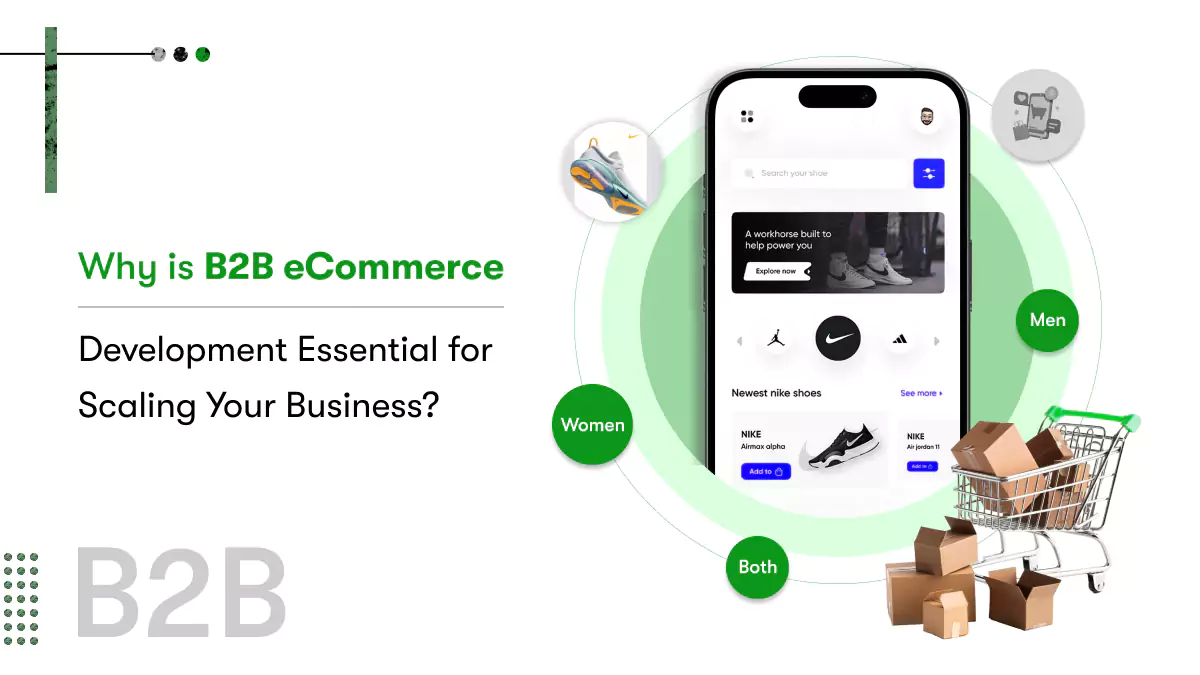
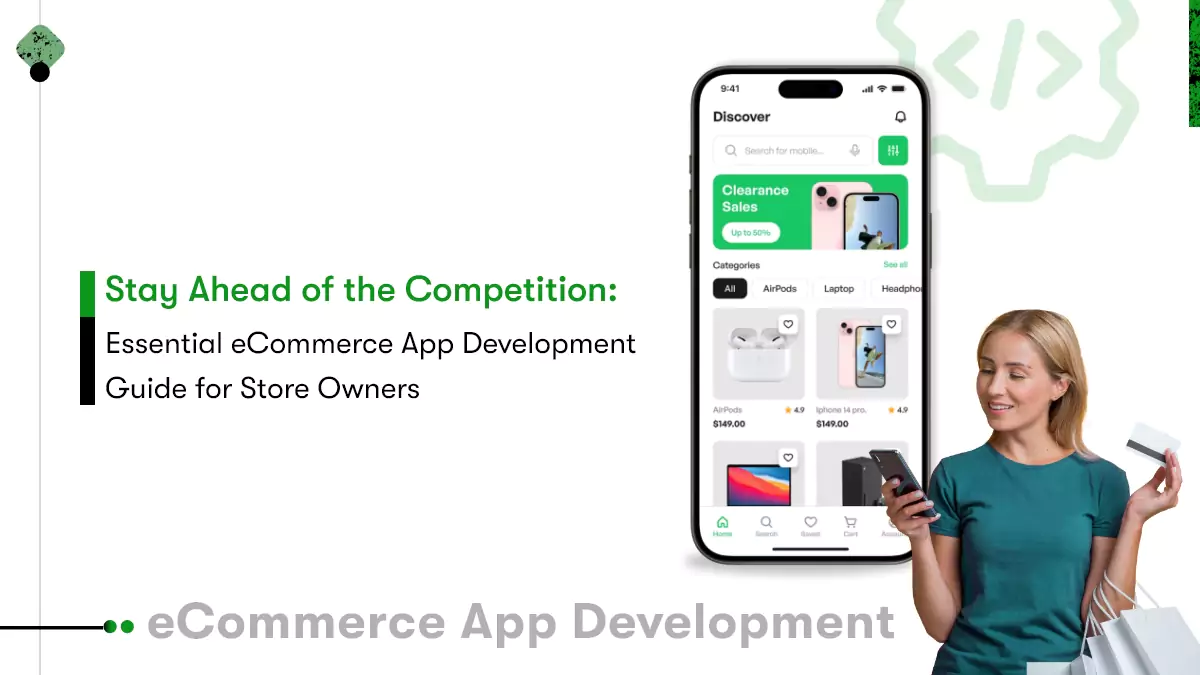
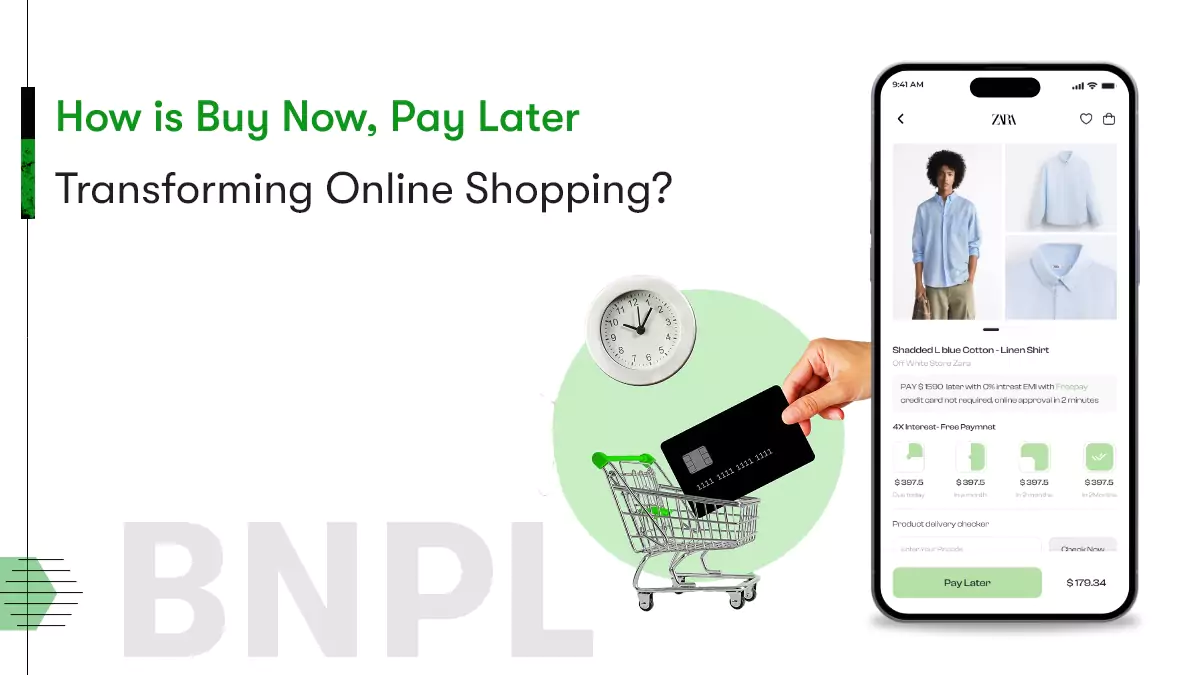





 Contact Information
Contact Information